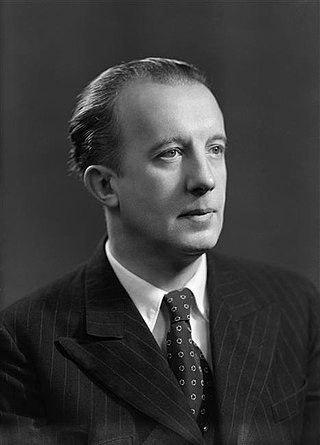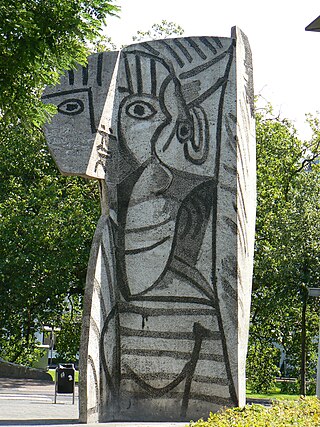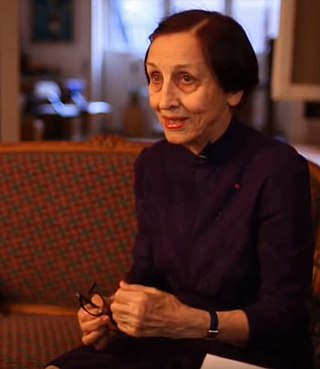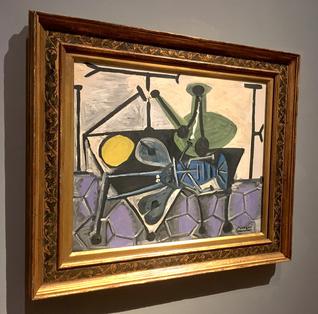
Pablo Ruiz Picasso was a Spanish painter, sculptor, printmaker, ceramicist, and theatre designer who spent most of his adult life in France. One of the most influential artists of the 20th century, he is known for co-founding the Cubist movement, the invention of constructed sculpture, the co-invention of collage, and for the wide variety of styles that he helped develop and explore. Among his most famous works are the proto-Cubist Les Demoiselles d'Avignon (1907) and the anti-war painting Guernica (1937), a dramatic portrayal of the bombing of Guernica by German and Italian air forces during the Spanish Civil War.

Paul Éluard, born Eugène Émile Paul Grindel, was a French poet and one of the founders of the Surrealist movement.

Panhard was a French motor vehicle manufacturer that began as one of the first makers of automobiles. It was a manufacturer of light tactical and military vehicles. Its final incarnation, now owned by Renault Trucks Defense, was formed by the acquisition of Panhard by Auverland in 2005, and then by Renault in 2012. In 2018 Renault Trucks Defense, ACMAT and Panhard combined under a single brand, Arquus.

Jean-Baptiste Lemoyne was a French sculptor of the 18th century who worked in both the rococo and neoclassical style. He made monumental statuary for the Gardens of Versailles but was best known for his expressive portrait busts.

Assemblage is an artistic form or medium usually created on a defined substrate that consists of three-dimensional elements projecting out of or from the substrate. It is similar to collage, a two-dimensional medium. It is part of the visual arts and it typically uses found objects, but is not limited to these materials.
Genevieve Laporte was a French philanthropist, documentary filmmaker, artists' model, poet, and author of sixteen books. She is known for being one of Pablo Picasso's last lovers during the 1950s. In 1951, they began an affair which lasted for two years. In 2005, she auctioned off 20 of Picasso's works which had been given to her, many of them portraits of her.

Marie-Thérèse Walter was a French model and lover of Pablo Picasso from 1927 to about 1935 and the mother of their daughter Maya Widmaier-Picasso. The relationship began when she was only seventeen years old and Picasso was 45 and married to his first wife, Olga Khokhlova. It ended after Picasso moved on to his next relationship, with artist Dora Maar. Walter is known as Picasso's "golden muse" and inspired numerous artworks and sculptures that he created of her during their relationship.

Sylvette is a large concrete sculpture created by Pablo Picasso and the Norwegian artist Carl Nesjar, which was erected in the city of Rotterdam in 1970. It is located on the corner of Westersingel next to the Museum Boijmans Van Beuningen. The sculpture portrays a young woman with a ponytail. The model for the sculpture was Sylvette David, whom Picasso met in 1953 when she was 19. The sculpture was produced following the creation of a series of artworks, known as the Sylvette series, that Picasso made of his muse in a variety of artistic styles.

Françoise Gaime Gilot was a French painter. Gilot was an accomplished artist, notably in watercolors and ceramics, and a bestselling memoirist of the book Life with Picasso.

Michel Subor was a French actor who gained initial fame with the starring role in Jean-Luc Godard's second feature, Le petit soldat (1960), but the French government banned it until 1963 because of its political content, touching on terrorism during the undeclared Algerian War. He acted in a couple of American films in the late 1960s including the role of Claude Jade's husband in Alfred Hitchcock's Topaz. In 1999, he once again played Forestier in Beau Travail, a highly praised variation of Billy Budd, directed by Claire Denis. He continued to work with her.

Vallauris is a seaside commune in the Alpes-Maritimes department in the Provence-Alpes-Côte d'Azur region in Southeastern France. It is located in the metropolitan area of Antibes, bordering it on its west side. The seaside town Golfe-Juan is a part of the commune of Vallauris. Golfe-Juan-Vallauris station has rail connections to Grasse, Cannes, Antibes and Nice.

The Musée de la Vie romantique is one of three literary museums in Paris. It is located at the foot of Montmartre hill in the 9th arrondissement of Paris.

Jacqueline Picasso or Jacqueline Roque was the muse and second wife of Pablo Picasso. Their marriage lasted 12 years until his death, during which time he created over 400 portraits of her, more than any of Picasso's other lovers.
Picasso: Magic, Sex, & Death (2001) is a three-episode Channel 4 film documentary series on Pablo Picasso (1881–1973) presented by the artist's friend and biographer John Richardson, and directed by Christopher Bruce or British art critic Waldemar Januszczak, who was also the series director. On-screen contributors include Picasso descendants such as Paloma Picasso, Bernard Ruiz-Picasso, Diana Widmaier-Picasso, Maya Picasso, and Claude Picasso; along with authorities such as Mary Ann Caws, Billy Klüver, Gérard Régnier, James Lord, Bernard Minoret, Robert Rosenblum, Linda Gasman, Marilyn McCully, David Gilmore and Gertje Utley; one former mistress ; and one flirtation.

Paris–Rouen, Le Petit Journal Horseless Carriages Contest, was a pioneering city-to-city motoring competition in 1894 which is sometimes described as the world's first competitive motor race.
Michel Sima, a pseudonym for Michał Smajewski, was a Polish artist, known as a sculptor, photographer and ceramicist. He is best known for his photographic portraits of Picasso and of almost all the artists of the School of Paris.

Diana Widmaier Picasso is a French art historian specialized in modern art, living in Paris.

Onésime-Aristide Croisy was a French sculptor. He is known for his dramatic bronze military statues, but perhaps best known for his marble Le Nid, showing two children asleep in an armchair.

Nature morte au poron is a 1948 oil-on-canvas painting by Pablo Picasso. It is a still-life painting in a cubist style. Picasso painted three versions of the work on 26 December 1948; one is in the collection of the Welsh National Museum of Art, Cardiff, Wales. The painting measures 50.3 × 61 cm.















